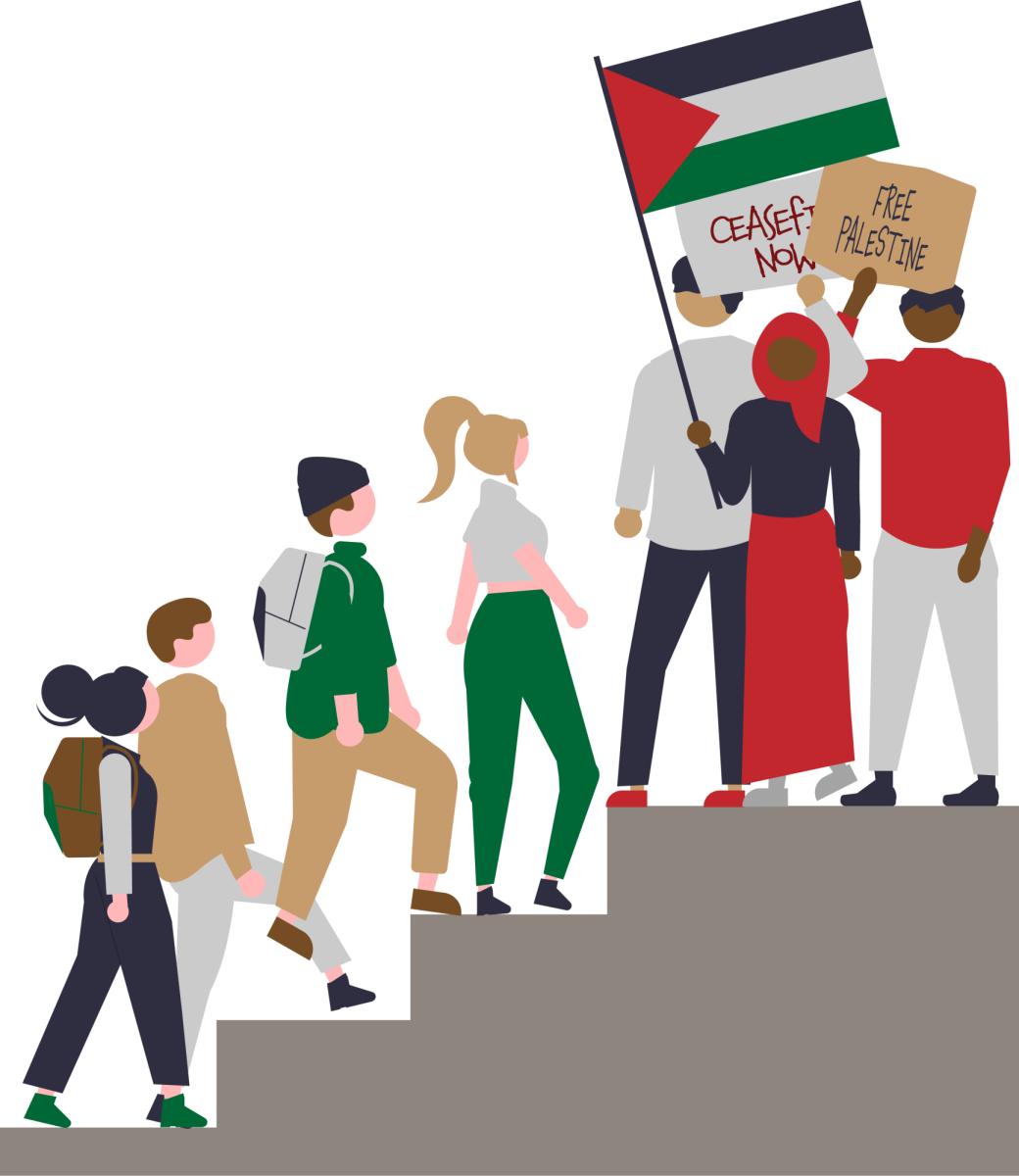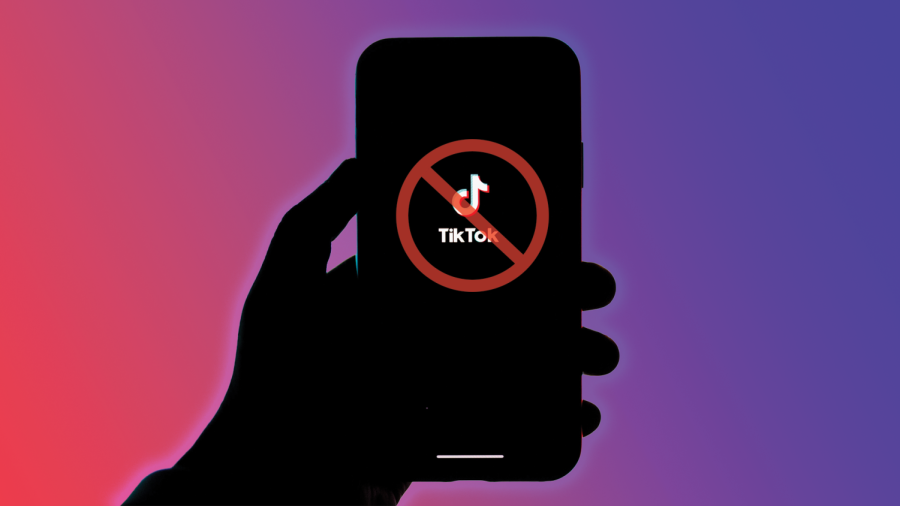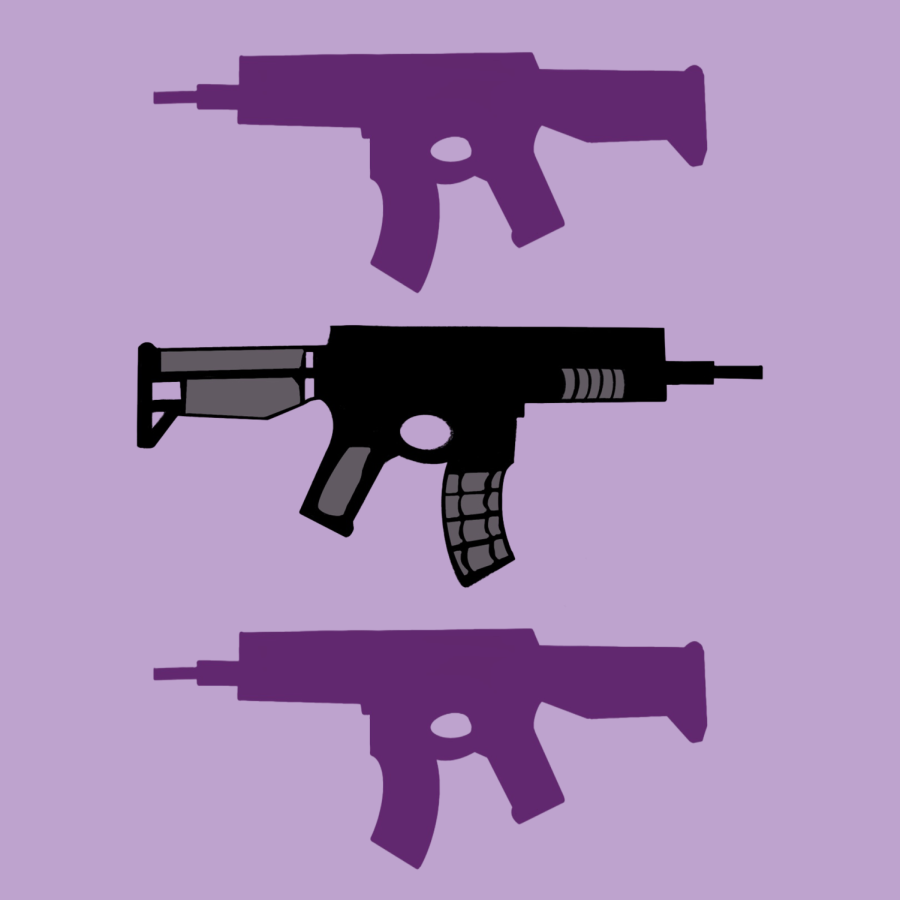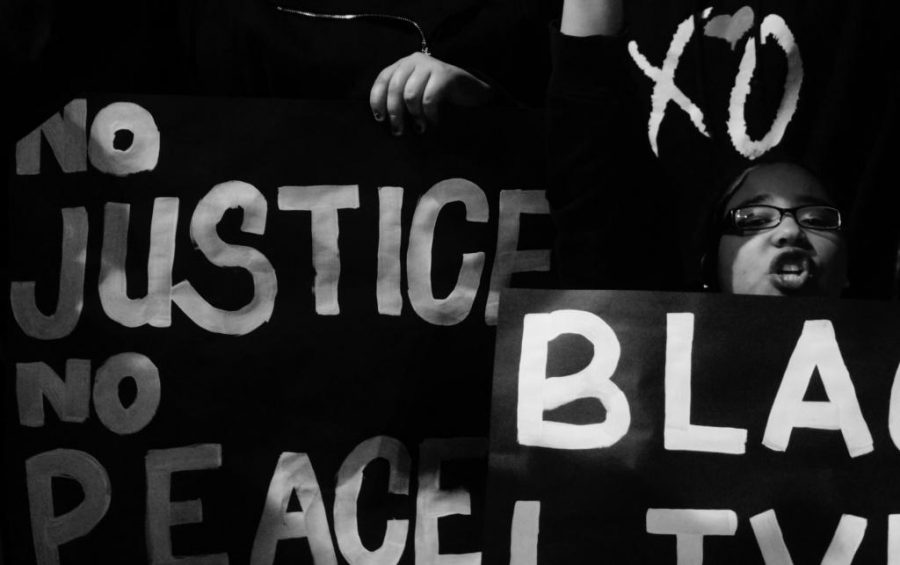Quietly from the audience, “Read their names.”
“I have names for Patrick Harmon, Corey Kanosh, Eric Chief, Nicolas Sanchez, James Barker, Dillon Taylor, Danielle Willard and Darrien Hunt.”
This occurred at a Salt Lake City Council meeting on Oct. 17 during the public comment session. The names, which were read by Salt Lake City Council chair Stan Penfold, were written on pieces of paper and taped to the front row of red suede chairs in the meeting room on the fourth floor of the Salt Lake City and County building.
“Mr. Penfold, those people can’t speak because they were killed by police officers here in Salt Lake City,” said Jacob Jensen, an organizer with Utah Against Police Brutality.
“Thanks, Jacob,” Penfold replied. “We [the city council] are aware of that.”
Normally, city council meetings closely resemble episodes of Parks and Recreation, involving irritated community members who wish to vent and, sometimes, rant to community officials about their concerns and criticisms. On the third Tuesday of October, however, dozens of activists and community members staged a sit-in during the council’s meeting. The reason? To protest the death of 50-year-old Harmon, who was killed by a Salt Lake City police officer in August.
On Aug. 14, Harmon, a black man, was riding his bicycle on State Street, according to an officer report. He was allegedly observed illegally riding across all six road lanes and a median; additionally, his bicycle did not have the required red tail light. When the officer asked for identification, Harmon allegedly gave different names and spellings.
After the officer called for backup, it was discovered Harmon had active felony warrants, including one for aggravated assault. As the three officers attempted to arrest Harmon, who was physically distraught and crying, he made a run for it. He only got a few feet away before he was shot multiple times.
There are mixed reports of what exactly happened. The incident was reviewed by the Salt Lake County District Attorney’s Office under the leadership of District Attorney Sim Gill, who said it was justified.
“Mr. Harmon threatened to stab or cut the officers as they tried to arrest him,” Gill said in a letter to the Salt Lake and Unified police departments. “While the officers were in very close proximity to Mr. Harmon, he presented an opened knife as he turned towards the officers who were running at him.”
Gill continued to state that the officer “reasonably believed deadly force was necessary to prevent death or serious bodily injury to himself and/or others and therefore his use of deadly force was justified under Utah State law.”
When members of the public finally saw the body camera footage for themselves, seven weeks after Harmon was killed, many of them drew different conclusions.
Bart Tippets, who spoke at the Oct. 17 meeting, noted that photos showing Harmon being shot in the back were not included in Gill’s report.
“Thus, we have a deception,” Tippets said. “And this is why we are here as a community; we are angry about this kind of deception.”
Tippets and others demanded that city officials adopt legislation requiring the public release of body camera footage 24 hours after an officer involved shooting occurs.
“We want immediate release of these videos,” Tippets said. “The public has a right to know.”
City’s Response
The council assured the meeting’s concerned participants that it did not take Harmon’s death lightly.
“I want to share from the city council that we all extend our condolences to Patrick Harmon’s family and friends,” Penfold said. “We are all incredibly saddened by his death and its impact on our communities, and we are aware of how hard these situations are.”
However, in a textbook demonstration of George Orwell’s doublespeak, Penfold continued, “We also express our support for the Salt Lake City police officers and the difficult decisions they are forced to make in efforts to keep our community safe.”
Hours before the city council meeting, Salt Lake City Mayor Jackie Biskupski held a press conference to announce a policy change that would mandate body camera footage be made public 10 business days after an officer-involved incident that injures or kills someone. Demonstrators called the policy a “wolf in sheep’s clothing” that “does not deserve any applause.”
University of Utah student Josh Jensen, who was at the October meeting, expressed his disappointment with Biskupski’s policy to her face.
“Jackie, I used to look up to you,” he said, looking the mayor in the eye. “I moved to Utah three years ago and I thought, ‘Hey, there’s a gay mayor here, she’ll stick up for me and people like me.’”
But in light of the 10-day policy, Jensen said, “I’m ashamed to have you as a mayor.”
Lack of Accountability
Harmon is only the latest to be killed by the Salt Lake City police.
In February 2016, 17-year-old Abdullahi “Abdi” Omar Mohamed was shot and critically injured during an altercation between Mohamed and two others. The shooting was reviewed by the DA’s office, which argued that Mohamed posed a life-threatening danger to the man he was in an altercation with, and therefore the shooting was justified.
On Aug. 11, 2014, 20-year-old Dillon Taylor was shot and killed after being confronted by a Salt Lake City officer outside a 7-Eleven on State Street. Taylor did nothing wrong, he simply matched the description of someone in the area who had flashed a gun. Even after conceding that Taylor was unarmed and posed no legitimate threat to law enforcement, the DA’s office ruled the shooting justified on the basis that Taylor was perceived as a legitimate threat.
“Officer Cruz’s belief that Dillon Taylor was armed with a gun and intended to use it against the officers was reinforced by Dillon’s actions and the acts of others,” Gill wrote in 2014. “By the time Dillon drew his hands from his waistband, Officer Cruz’s belief that Dillon was presenting a weapon was reasonable.”
The trend of officer-involved shootings consistently being ruled justified was noted by the October meeting’s demonstrators.
“When Officer Fox picked up his gun and pointed it at Patrick Harmon, he had full assurance that Sim Gill was going to let him off the hook,” one man told the council. “He knew that Sim Gill was going to let him off the hook because he lets everybody off the hook … [the officer knew that the] police and mayor’s office [were] going to back him up.”
Members of the community who are concerned about police accountability and public access to body camera footage are right on both points. Body camera footage should be immediately released to the public, and Gill’s reluctance to deem any shooting unjustified, however egregious or unnecessary, is objectionable.
A Salt Lake Tribune analysis of 87 fatal shootings between 2005 and 2014 found that only one was ruled unjustified — and that ruling was later reversed by a judge in a preliminary hearing. These trends indicate a terrifying lack of accountability for police officers and justify protesters’ cries of injustice.
If city officials are as saddened by the killing of Harmon as they say they are, they need to adopt policies that reflect community concerns, which include body camera footage being made available after 24 hours and checks and balances that hold police officers accountable.



















Alexis Moon • Nov 25, 2017 at 3:44 pm
I always love your work, Connor!
DJ • Nov 7, 2017 at 11:38 am
One of the main themes of the article is the necessity of the release of the body cam footage after 24 hours. However, nowhere in the article is there any sort of reasoning or justification as to why 24 hours, rather than 10 days, is preferable or required. If sooner is better, the author should explain why that is, rather than just having the reader assume that fact.
Derek • Nov 6, 2017 at 9:28 pm
Explain to me exactly what a 24 hour release policy offers the public. I am confused how “we the people” would place so much faith in our institutions only to suddenly believe that the public would be able to decipher such loose information, absent context. The purpose of a Republic is to allow our elected officials to do their job, including establishing REASONABLE guidelines.
“We the people” need to return to reality where personal accountability remains a variable when failing to comply with police order. Objectively asking “why” these events happen is paramount. Those demanding change might want to (1) familiarize themselves with the perceived victims, and (2) understand the investigative process beyond the desire of anti-police witch-hunts.
To the writer:
I suggest you get to know your blue bloods of Utah, and then spend some time on the street with some of the rougher types you so quickly defend. Theirs is a world I am quite familiar with, but I would gamble is foreign to you.
Best of luck.